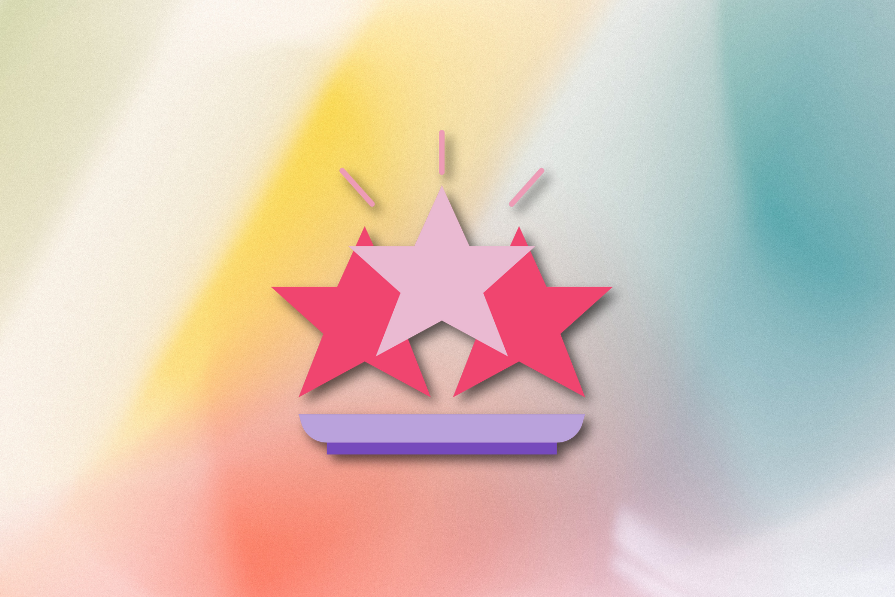
"Scarcity design intentionally restricts availability or access to enhance user perception and navigation, creating valuable product experiences that drive growth and loyalty."
"Effective scarcity strategies at the UX level include waitlists, countdown timers, and exclusive badges, which communicate exclusivity and urgency to users."
"The psychology of scarcity aligns with human instincts; rare items are valued more due to behavioral economics, making users more likely to act when facing limited access."
"FOMO, or the fear of missing out, significantly influences human decision-making; it urges users to act quickly to avoid missing exclusive deals or opportunities."
Scarcity design is a strategy that intentionally limits user access, availability, or time to influence perceptions and behavior. This approach relies on visual cues, such as waitlists and countdown timers, to enhance user experience while driving growth and loyalty. Scarcity aligns with psychological principles; humans instinctively assign higher value to rare or limited items. The fear of missing out (FOMO) compels users to act promptly to secure exclusive offerings. Real-world examples demonstrate that restricted access can lead to more satisfying user experiences, proving that less can indeed be more.
Read at LogRocket Blog
Unable to calculate read time
Collection
[
|
...
]